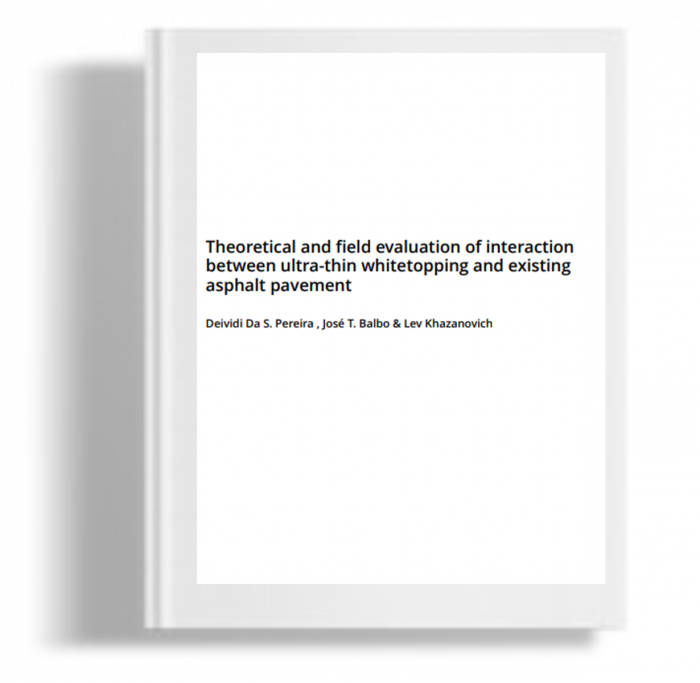Kami menggunakan cookies untuk membuat pengalaman Anda lebih baik. Untuk mematuhi petunjuk e-Pribadi yang baru, kami perlu meminta persetujuan Anda untuk menyetel cookies. Pelajari lebih lanjut .
Theoritical and field evaluation of interaction between ultra-thin whitetopping and existing asphalt pavement
Ultra-thin concrete overlays or ultra-thin whitetopping (UTW), are an attractive alternative to traditional practices for the rehabilitation of asphalt pavements. However, it is widely accepted that the existing pavement should have substantial stiffness to make a UTW a rehabilitation option. This paper re-examines this hypothesis using the performance results and structural evaluation of two experimental sections in Brazil. It is shown that the structural contribution of the existing pavement is important for the good performance of UTW. However, it appears that the ability of the existing pavement to ensure the composite action of the individual slabs in the UTW is more important than its contribution to flexural stiffness.
Ultra-thin concrete overlays or ultra-thin whitetopping (UTW), are an attractive alternative to traditional practices for the rehabilitation of asphalt pavements. However, it is widely accepted that the existing pavement should have substantial stiffness to make a UTW a rehabilitation option. This paper re-examines this hypothesis using the performance results and structural evaluation of two experimental sections in Brazil. It is shown that the structural contribution of the existing pavement is important for the good performance of UTW. However, it appears that the ability of the existing pavement to ensure the composite action of the individual slabs in the UTW is more important than its contribution to flexural stiffness.

